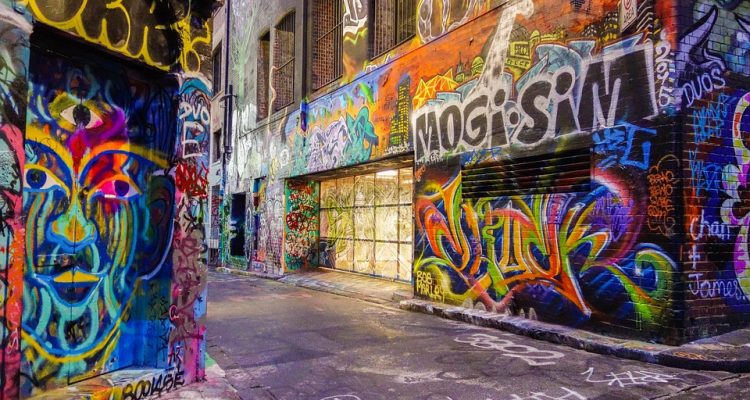“The strangeness will wear off and I think we will discover the deeper meanings in modern art.”
When Jackson Pollock, the mastermind behind the American expressionist movement of the early 20th century, uttered the previous statement regarding his form of abstract painting, little did he know he would ignite a wave of encrypted modern art that would eclipse a culture and make it question the role of art in our society. As aerosol graffiti art came into the scene in the 1970’s, America was subjected to a new form of strangeness that delved into the notion of whether this form of art could even be considered art in the first place.
Most recently, 23 graffiti artists, who have contributed to the famous Queens’ mural space 5Pointz, had their art whitewashed over by the building’s owner, according to the New York Times, as their art was only meant to be on a short-term display. In return, the group will bring the building’s owner to court over the protection of their artistic rights and defend themselves in the Federal District Court of Brooklyn over whether their contributions were deemed illegal or not in the eye of the court.
In terms of law, the Visual Arts Rights Act of 1990 protects these artists as it states that violation of a public art form, as long as it is not negligent to the building it is placed upon or portrays graphic images, is allowed to stand as public art of “recognized stature” on the property it is exhibited upon. Additionally, New York Penal Law 145.60 states that a misdemeanor of marking one’s property with the intent of causing damage is punishable by one year of jail.
Again, the question of whether graffiti is art comes into the global and cultural spheres. While art is difficult to classify in terms of stylistic essentialism, the primary understanding of art is that it is subjective to the artist’s personal beliefs and stylistic preferences. When looking at graffiti, one can understand a story of personal struggle and victory that is exuded in each burst of aerosol spray. I can distinctly remember trips walking through Brooklyn to different concerts and finding myself mesmerized by the complex stylings of the artwork that adorned the cobbled walls. Though it wasn’t hanging in the Metropolitan Museum of Fine Art or the Museum of Modern Art, it was just as beautiful.
Artistically, there should be no reason as to why graffiti should be argued against being a free-standing form of art that is just as powerful as anything hung in a museum. Though I do not consider myself an artist, I consider myself artistically inclined and believe that without a proper artsy eye, I believe the line between vandalism and art get blurred further. The understanding in our society regarding the issue is solely a matter of artistic asceticism and the belief that those who have a grasp on the artistic world are better able to differentiate the argument brewing between art and graffiti.
While the argument between art and graffiti seems to grow closer to finding a boundary in essentialism, I believe we are seeing a period of modern art that seeks to develop a deeper meaning in our society, just as expressionism had for Jackson Pollock. So before you criticize the graffiti for its notorious past, I invite you to ponder at a graffiti mural and truly grasp the majesty of each blot and stroke of that sweet aerosol spray.


Leave a Reply